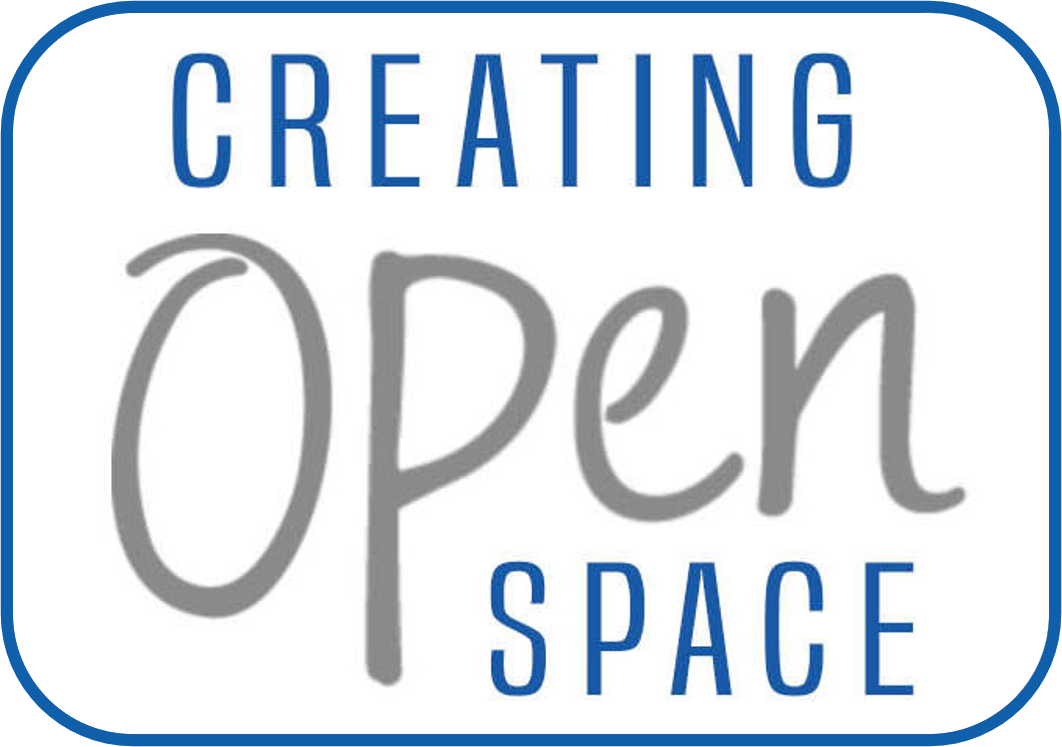Engagement - Turned Inside Out
I recently had the pleasure of serving on a panel dedicated to employee engagement at the Association of Government Accountants National Leadership Training Conference. It’s no wonder that workplace engagement is a hot topic: research suggests that companies with the highest levels of engagement earn twice as much as those with the lowest levels of engagement; turnover costs US businesses about 11 billion USD; 35 to 50% of a company’s payroll is wasted on employees giving less than 100% of their capabilities; disengagement in the Federal sector is estimated to cost taxpayers upwards of $65 billion USD. Leaders who move the needle just a notch on employee engagement see immense dividends that cascade into talent recruitment and retention, innovation, resilience and profitability.
Over the past decade, I have contributed to many efforts to boost engagement. Unfortunately I’ve seen sincere efforts that had little effect. Massive financial and human resources are dedicated to efforts that have little impact. For example, companies invest billions in wellness programs that, on average, only about a quarter of employees participate in. We dole out awards and bonuses that actually detract from employees’ sense of accomplishment. We create engagement action plans and development programs that employees view as burdens on their time and energy. I’m convinced that the ineffectiveness of these approaches lies not with the initiatives themselves, but rather in overlooking the nature of engagement itself. Engagement is an inner state of thoughts and feelings – engagement comes from the inside, out. Our efforts are not having their intended effect because we’re not balancing “outside-in” approaches with “inside-out” approaches. In a 2014 Forbes article, Josh Bersin touches on this concept by stating, “We cant ‘engage [people]’ but we can ‘inspire and support them.’” I take this a step further: we can provide opportunities for people to choose engagement – to see the opportunities for growth, to find a higher purpose, to appreciate, to respect, and to forge relationships with their colleagues, to connect with caring communities, and to invest in their personal well-being. For organizations to impact employee engagement, leaders must create space for individuals to look inside themselves, to get in touch with what they think and how they feel about their work, to recognize the opportunities available to them, and to reflect on how well their thoughts and feelings are serving them. In such spaces, employees have the opportunity to choose new, different perspectives - those that will serve them best. I have more to say on this topic, but for today, I’ll leave you with these questions for self-reflection: What are all the feelings you have toward your current employer? Of all these feelings, which create opportunities for you? Which lead you to shut down or to act out? Is there any other way that you could look at your current situation that would serve you better?
